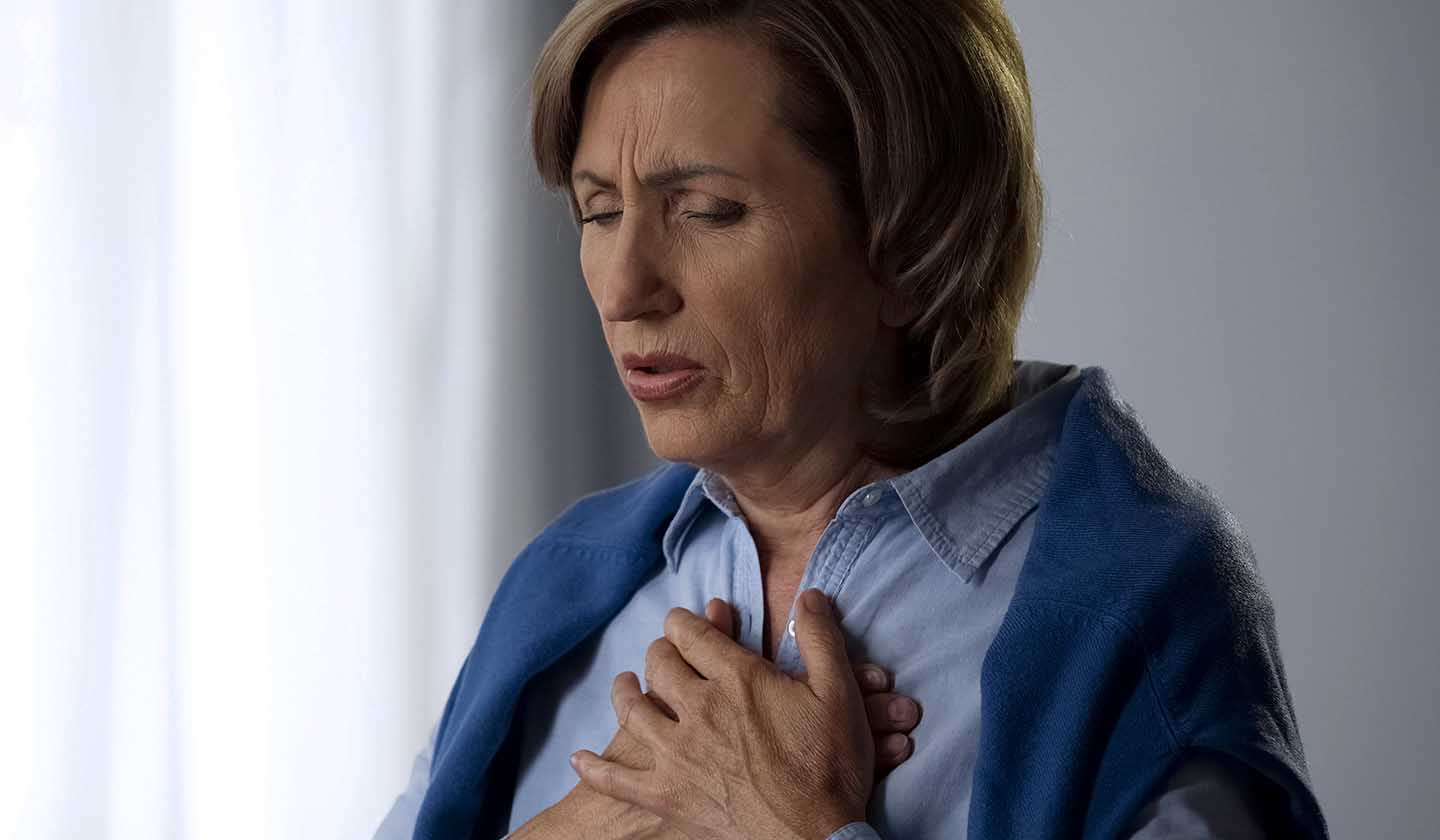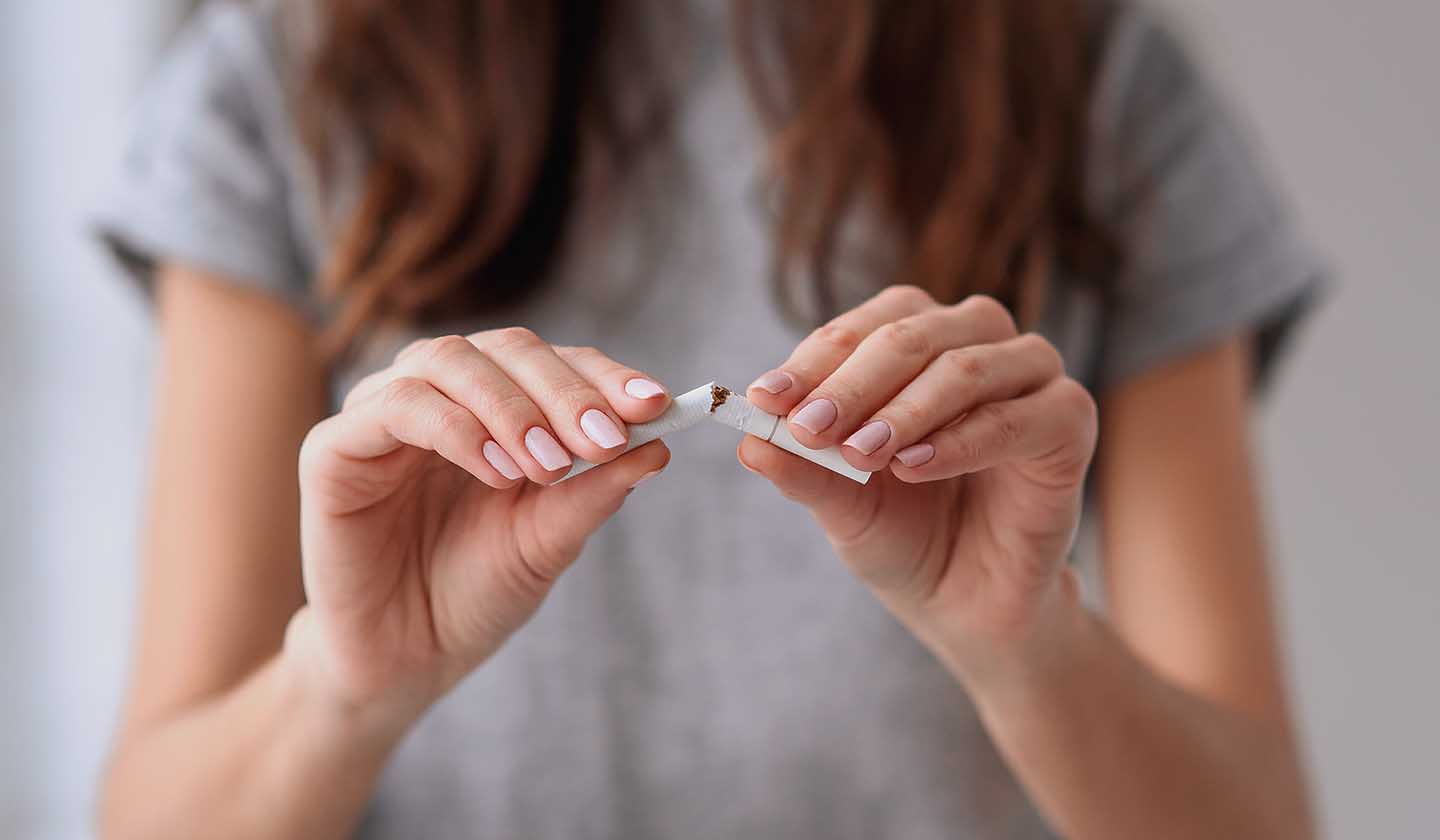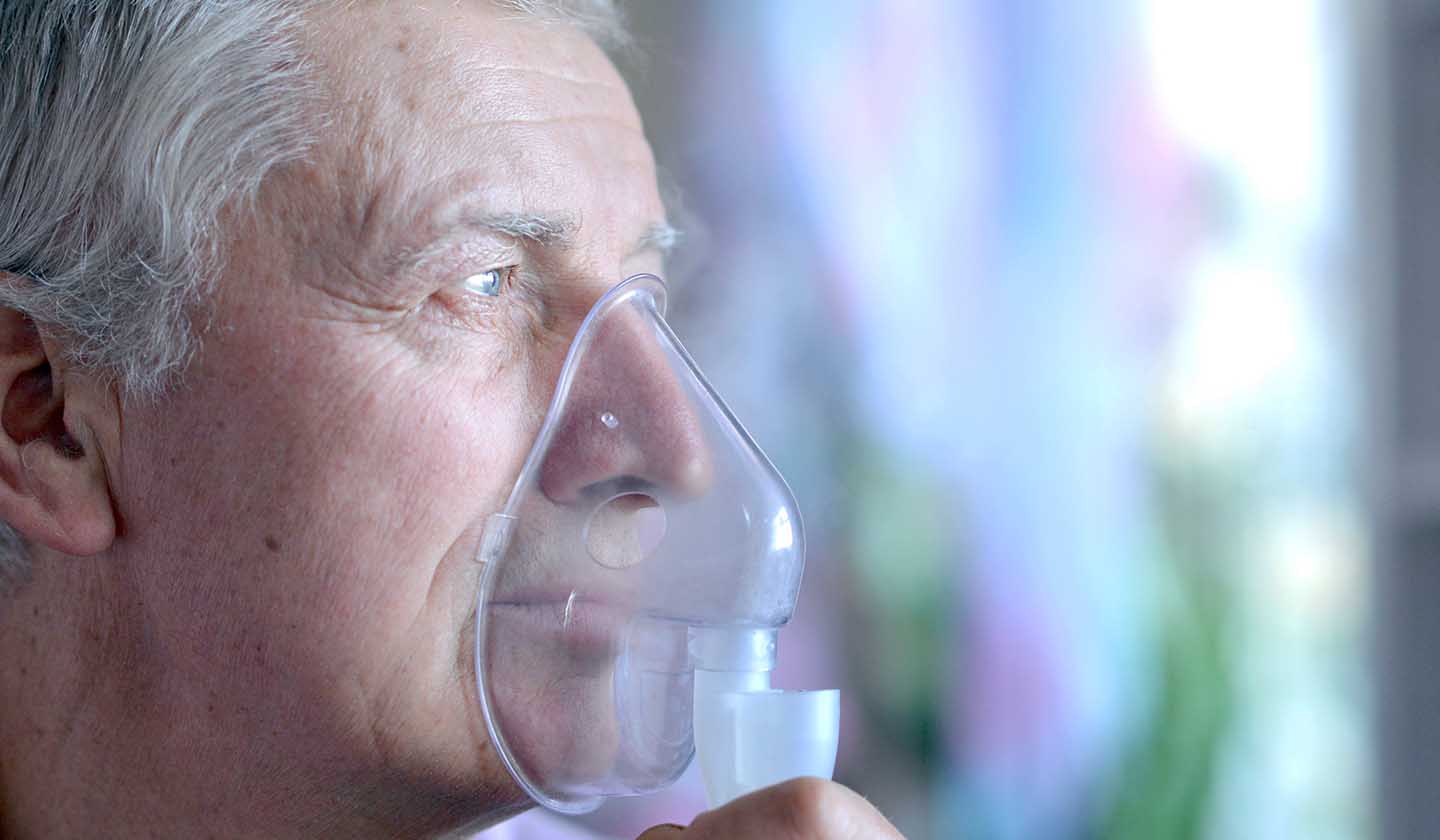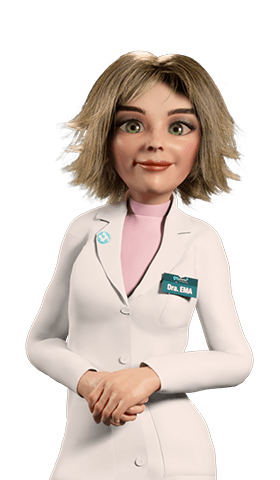Respiratory system
COPD - When the air doesn't seem to arrive

COPD is the abbreviation for Chronic Obstructive Pulmonary Disease and occurs when there is difficulty in the passage of air due to inflammation and narrowing of the airways, in a permanent way, limiting the flow of air that reaches the lung.
This decrease in lung capacity is due to prolonged inhalation of toxic and aggressive substances into the airways and lungs.
According to the Portuguese National Health Service, this disease affects about 14% of the Portuguese people over the age of 40, mostly smokers.
The main symptom of COPD is shortness of breath. Even the simplest task, such as putting on socks, can lead to shortness of breath.
Tobacco is considered the main cause for the onset of COPD, however there are other causes.

Risk factors
-
Smoking - smokers or ex-smokers who used to smoke 20 or more cigarettes a day are at a higher risk.
-
Occupational exposure to dust and chemicals
-
Pollution
-
Genetic factors - alpha-1-trypsin deficiency, a protein which plays a protective role in the lungs.

COPD symptoms
-
Productive cough
-
Wheezing - noise when breathing
-
Shortness of breath associated with physical effort - climbing stairs, walking
-
Difficulty performing ordinary daily tasks - dressing, making the bed
-
Unusual tiredness

Prevention and treatment of COPD
-
Quit smoking
-
Medications
-
-
Inhaled bronchodilators
-
Inhaled corticosteroids - in the most advanced cases of the disease.
-
Oral corticosteroids - when the disease worsens.
-
Flu and pneumococcal vaccine - prevents the appearance of respiratory infections.
-
-
Oxygen therapy - if there is little oxygen in the blood.
-
Respiratory therapy - in order to improve the inspiratory muscles.
The drugs used in the treatment of COPD are mostly administered by inhalation, acting directly on the bronchi, thus requiring lower doses to have the desired effect and with fewer side effects. The correct use of inhalation devices is particularly important for a successful treatment.
How to use devices correctly
Several types of devices are used, and they vary according to the type of medication prescribed.
Before starting your medication, you must learn how to use those devices correctly. Depending on the device, the steps to be followed will be different with regard to their preparation. The following steps are common to all of them.
-
Wash your hands before handling the device.
-
Prepare the device according to the brand's instructions.
-
Exhale slowly in order to release all the air in the lung.
-
Place your lips around the mouthpiece of the device.
-
Inhale slowly and deeply, so that all the content is sucked in through the mouth.
-
Hold your breath for 10 seconds.
-
Resume breathing normally.
-
Rinse your mouth with water, in order to eliminate any traces of medication left in the oral cavity.
Sources
iSaúde
Farmácia Distribuição Magazine
Também lhe poderá interessar
Respiratory system
Asthma - Breathtaking
Respiratory system






